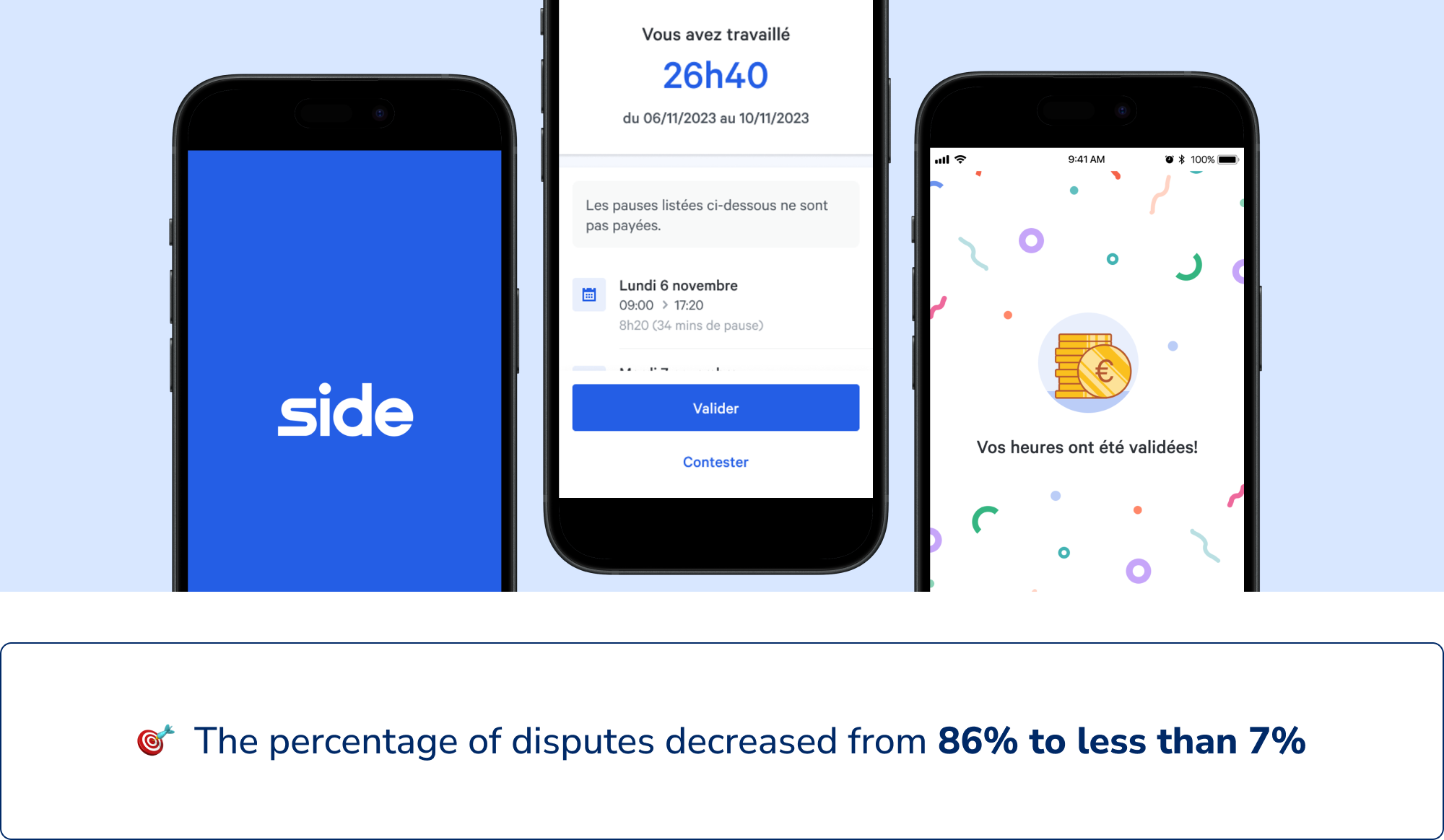
The context
Since our acquisition by Randstad, Side started working with large clients who already have timesheet systems (VMS, timeclocks) and refuse to switch to ours. This forces our teams to manually reconcile external files, a process that takes 50% of the time of 4 employees for Action and 10–15 hours/month for others. This inefficiency is error-prone and unscalable.Additionally, making file import capability essential for integrating them into Side is a major strategy. Without it, migrating most Inhouse accounts remains impossible.
"80% of Inhouse clients rely on external timesheet "
Proportion of disputes
We noticed that the percentage of disputes a client generates aligns with their revenue share—this is true for 99.7% of our clients. But there are exceptions, especially with timeclock users. Hellofresh and Cubyn, our only clients using this system, brought in just 0.78% of revenue but caused 10.85% of disputes in the past year—a huge imbalance.
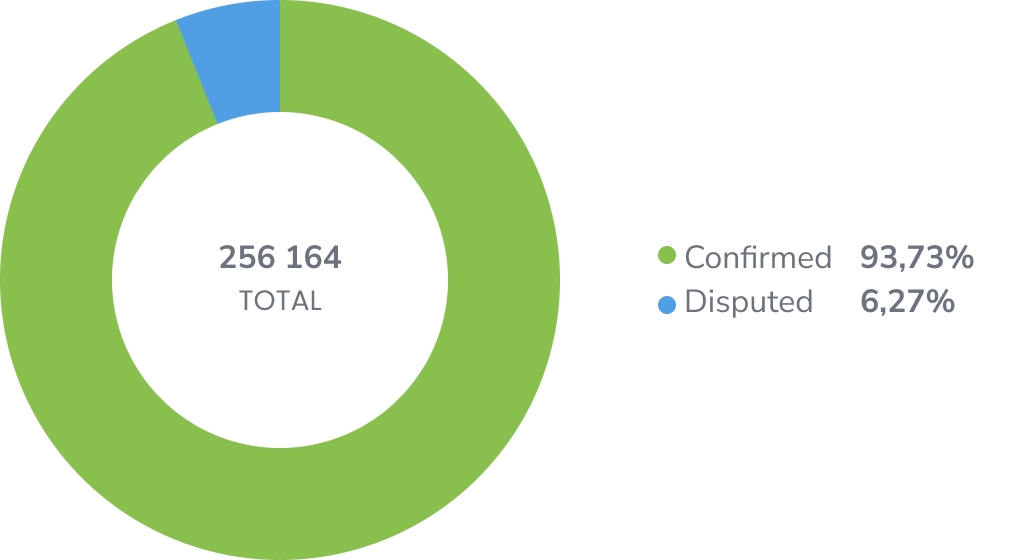
We have also identified that this percentage is reversed for clients who are using the timeclock. The two clients who have been identified in this case are Cubyn and Hellofresh. Both of them have more than 85% of disputed timesheets.


Time necessary to solve disputes
Average time necessary to solve dispute in the last year was 4 days and 22 minutes. We can see that this time doesn’t evolve so much month by month. We can also see that maximum time used to solve a dispute can be huge (sometime more than 6 months).
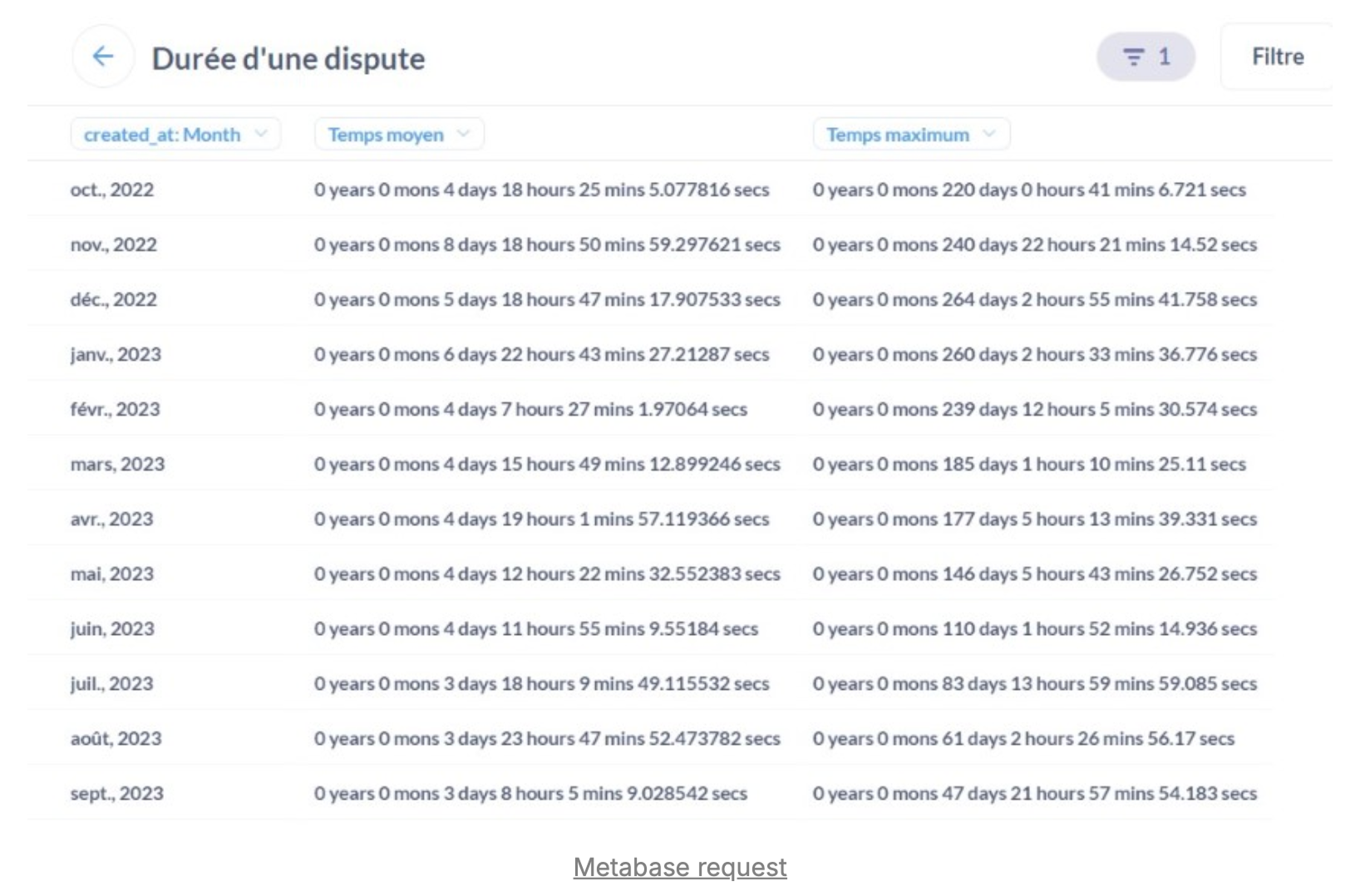
The current system
When a job is posted, managers are assigned and notified of pending attendance reviews. After a shift, workers submit their attendance for review. If there’s a dispute, it goes through support, which contacts both the company and the worker to resolve the issue. Once resolved, the corrected hours are logged, and the company confirms the attendance. Finally, attendance is locked for payment, ensuring both sides agree. The system tracks key actions, like dispute resolutions and confirmations, for accountability.
Without dispute

With dispute
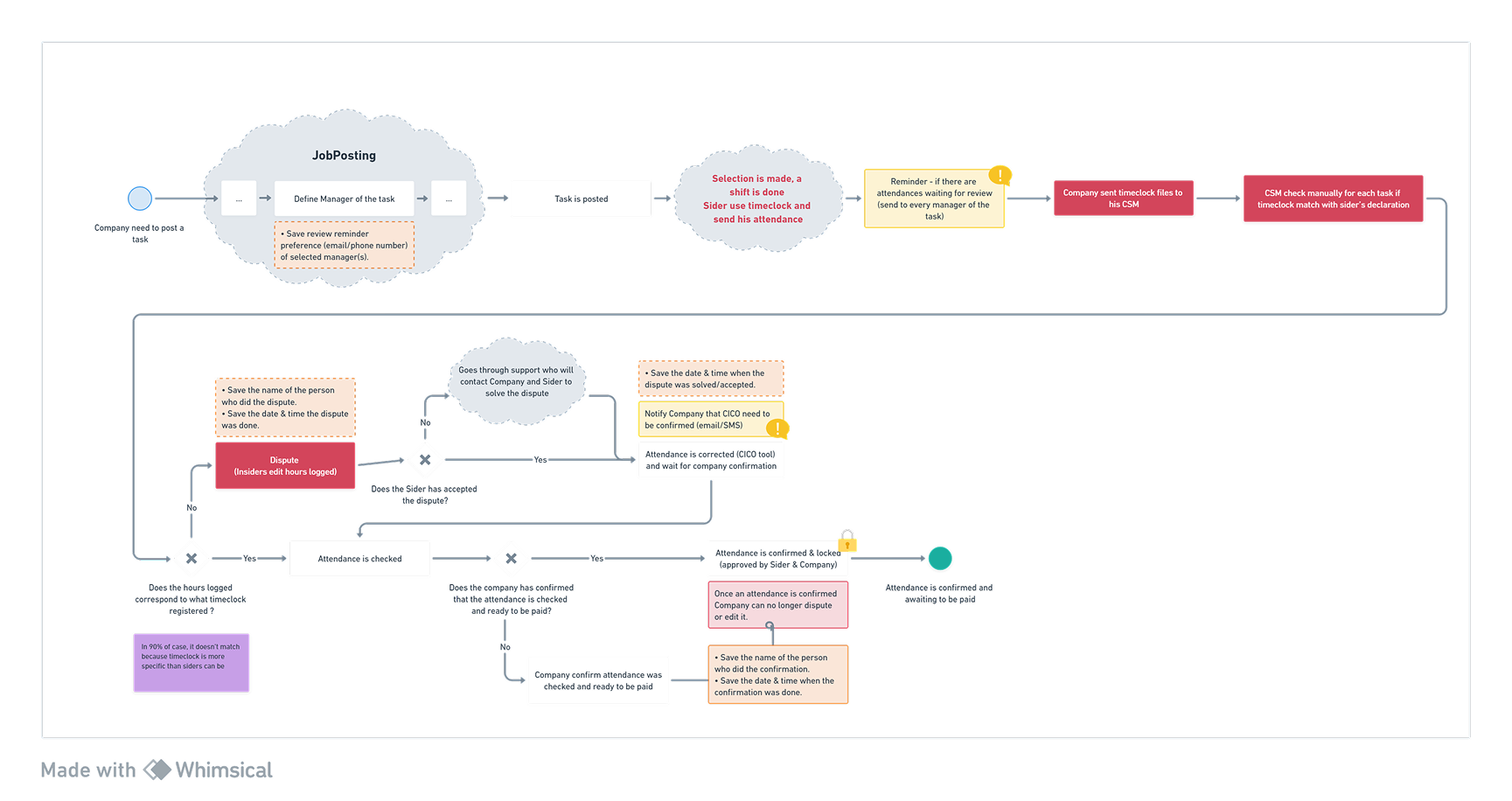
From the worker’s side (Sider)
After finished a shift or a task, he’ll have to report all the hours done during its shift. Once it’s done, the client will validate or not its hours.The amount of validated hours will be paid to the Sider at the beginning of every month.
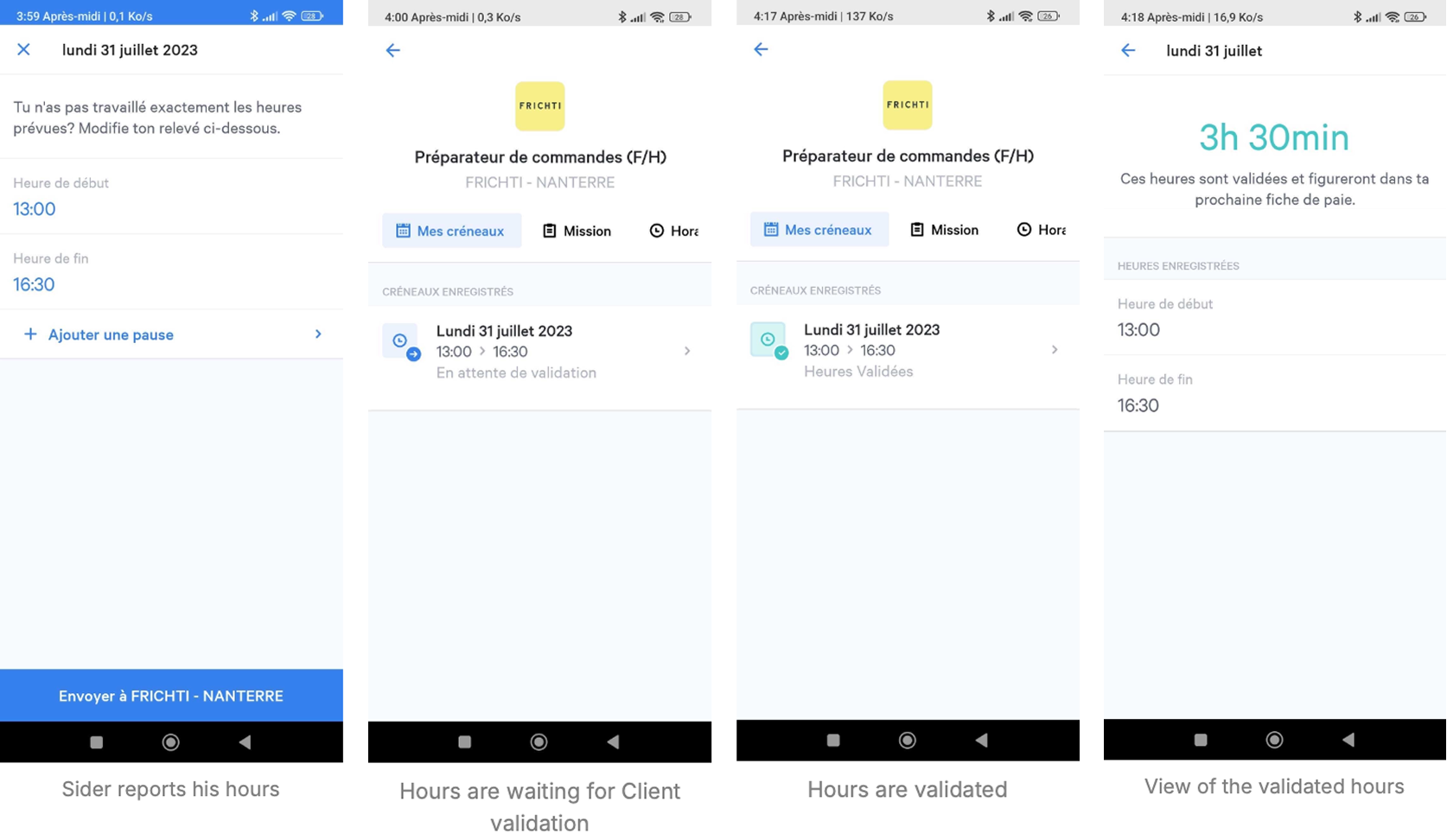
From the client’s side (Team platform)
We have specific flow if the Client doesn’t validate the timesheet.If a client wants to modify Sider hours reported, he can do it instead of validated them.Once it’s done, the Sider will have to validate or not the modification.→ If the Sider doesn’t accept the modification, the recruitment team will take care of it.
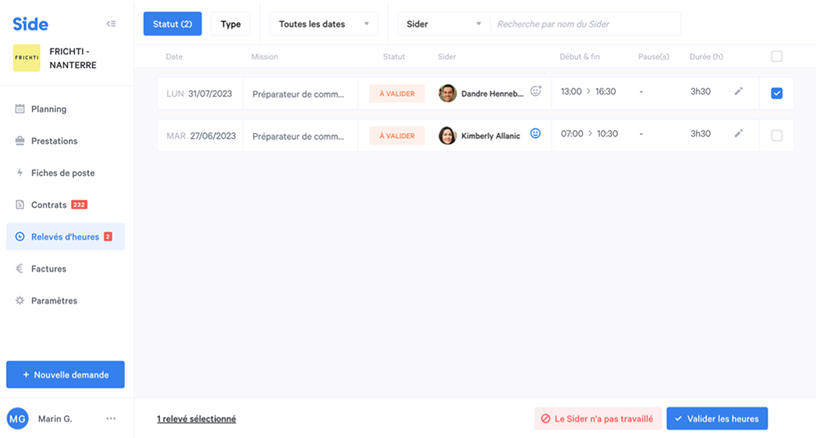
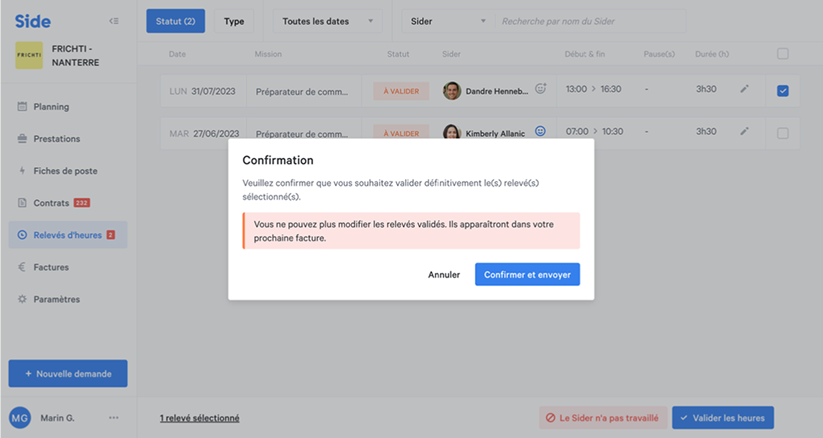
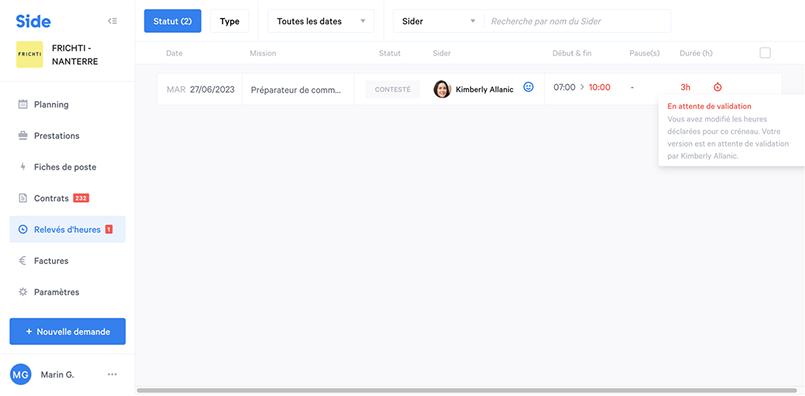
What problem are we solving?
This project aims to solve 1 problem that have been identified in the discovery’s phase :
"How can we reduce the number of disputes when a client usesa timeclock, in order to maintain a positive user experience?"
After having ran an ideation workshop, we plan to reverse the user flow between Siders and companies. Currently, both Sider and company declare working hours. But now, each Sider who has worked for a company will receive a summary of the hours logged according to the company's records thanks to an external file’s import. The Sider will then have the option to validate or dispute on the phone this information, ensuring a streamlined and accurate representation of worked hours.
What we’ve learnt from interviewing end-users
- Validation may occur despite a few minutes difference between the sider version and the company version.
- Cubyn first records the hours worked in an internal tool
- There are many cases where there is a significant gap between the Sider's statement and the company's, including the issue of a Sider's first day
Solutionning
Flowchart
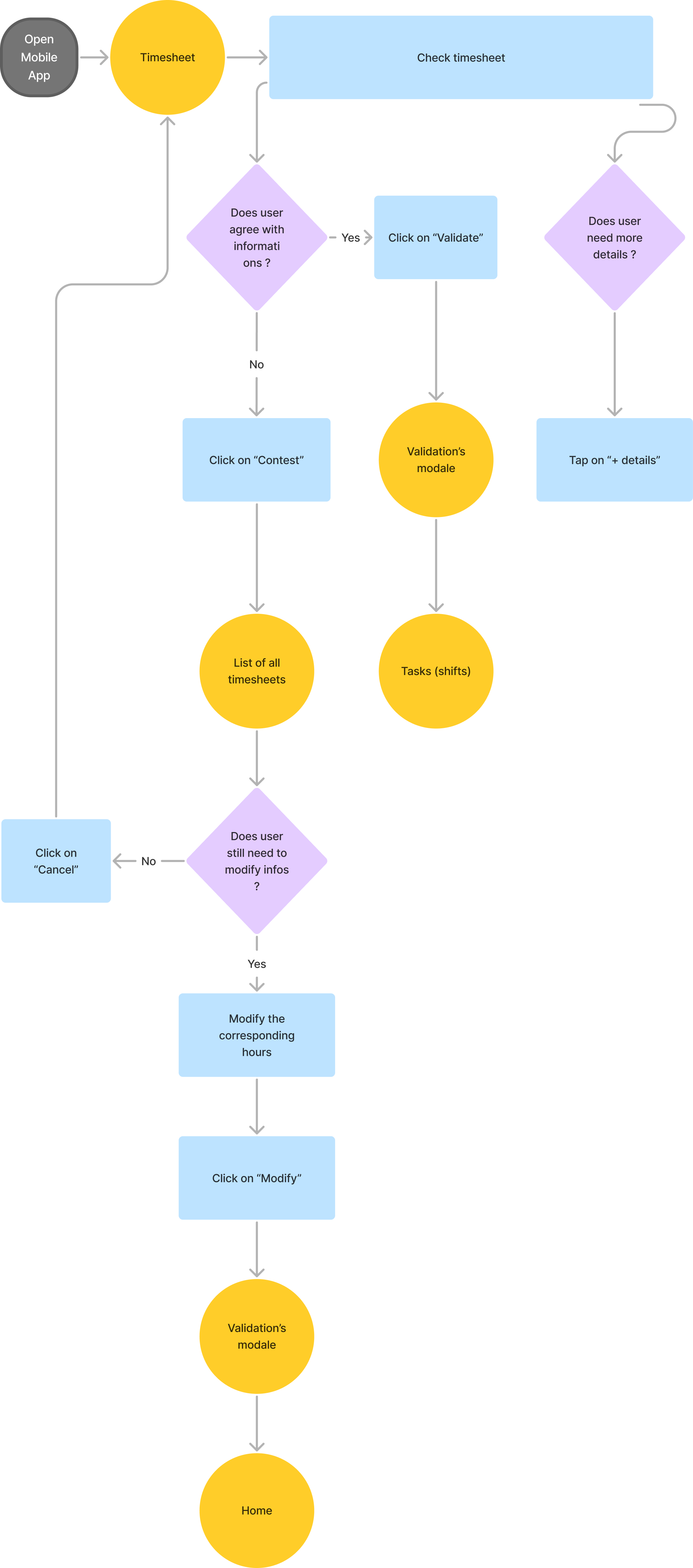

Wireframes (happy path)
User’s story :
As a Sider, When I’ve finished my mission, I want to validate quickly my hours, So that I can be paid on time.
User's flow :
1. Open up the mobile app
2. Look up the timesheet
3. Tap on the button “validate”
4. Land on My shifts’ screen
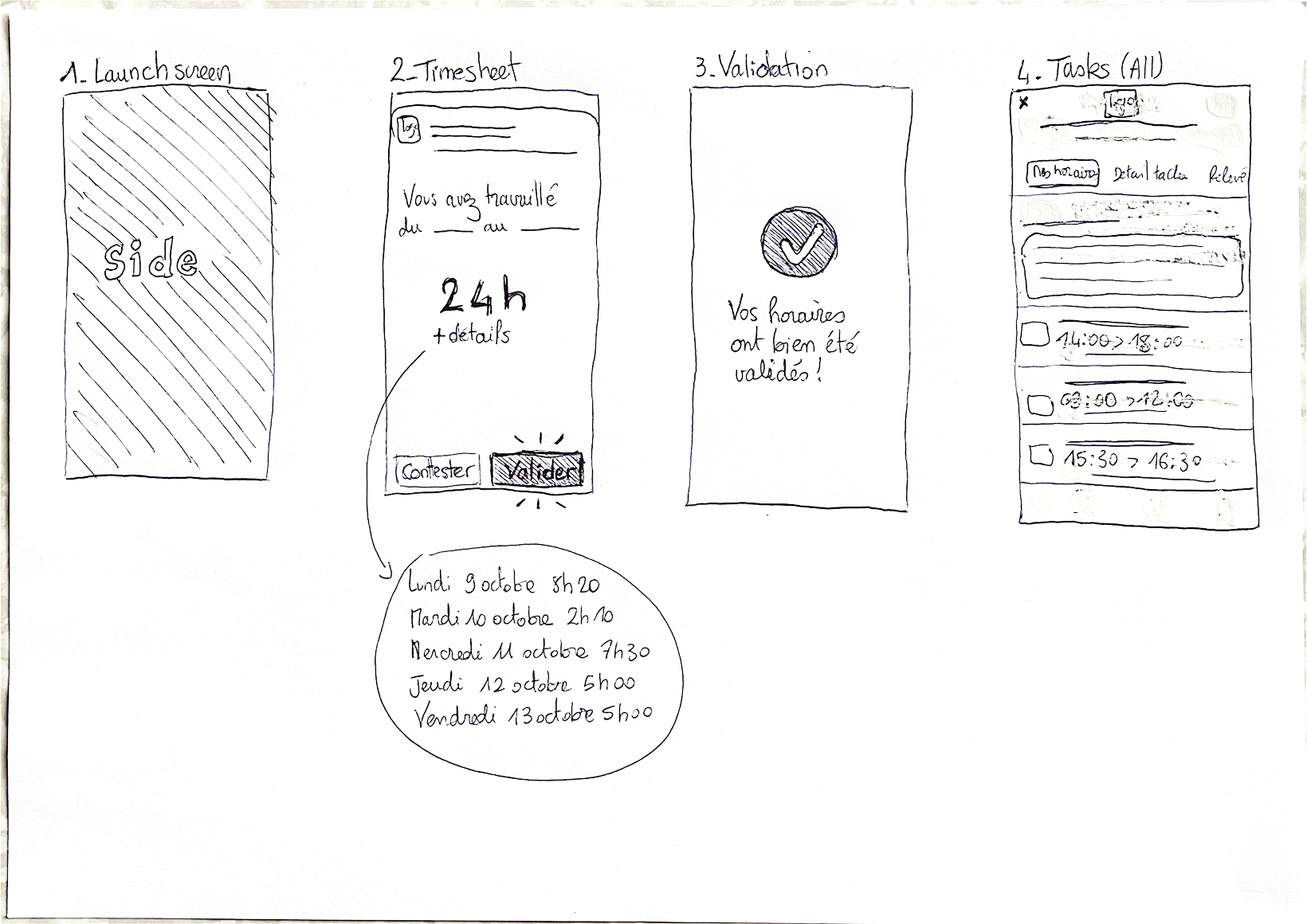
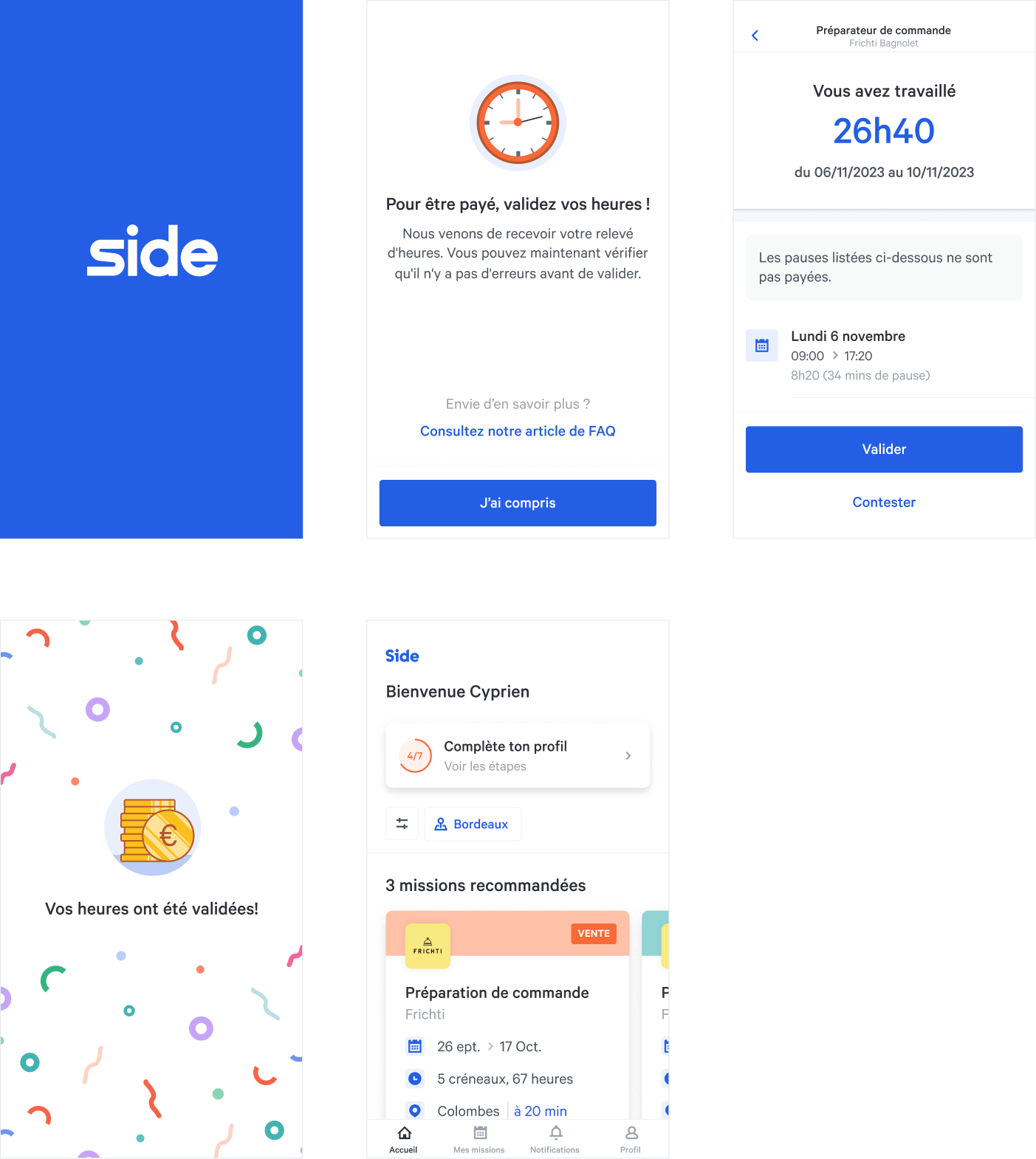
Wireframes (bumpy path)
User’s story :
As a Sider, When I received my mission’s timesheet and I noticed there’s a mistake, I want to contest the informations, So that I can validate my timesheet and get the right salary.
User's flow :
1. Open up the mobile app
2. Look up all the hours
3. Tap on “Contest”
4. Change the hours
5. Tap on “Modify”
6. Land on the Home’s screen
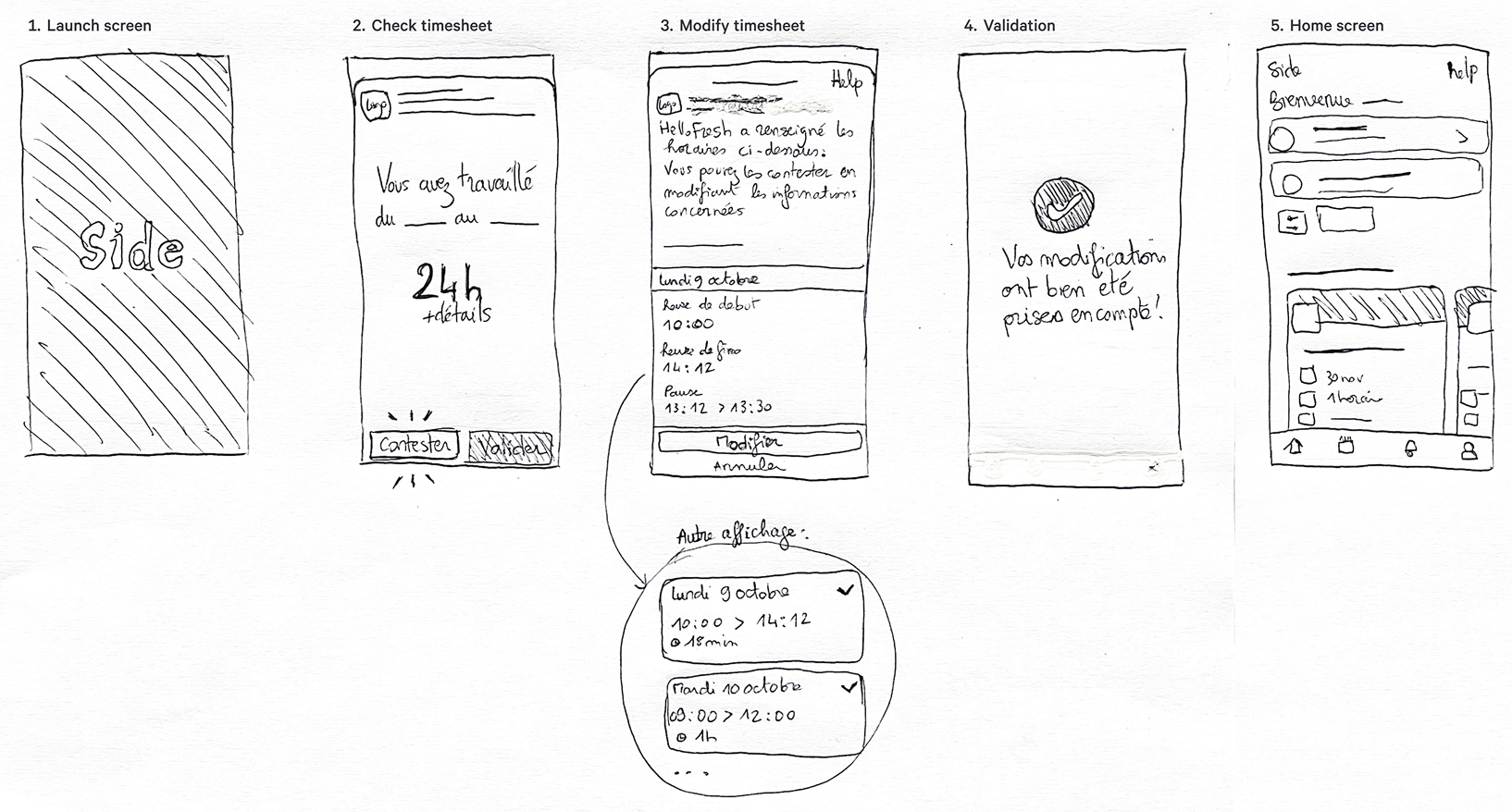
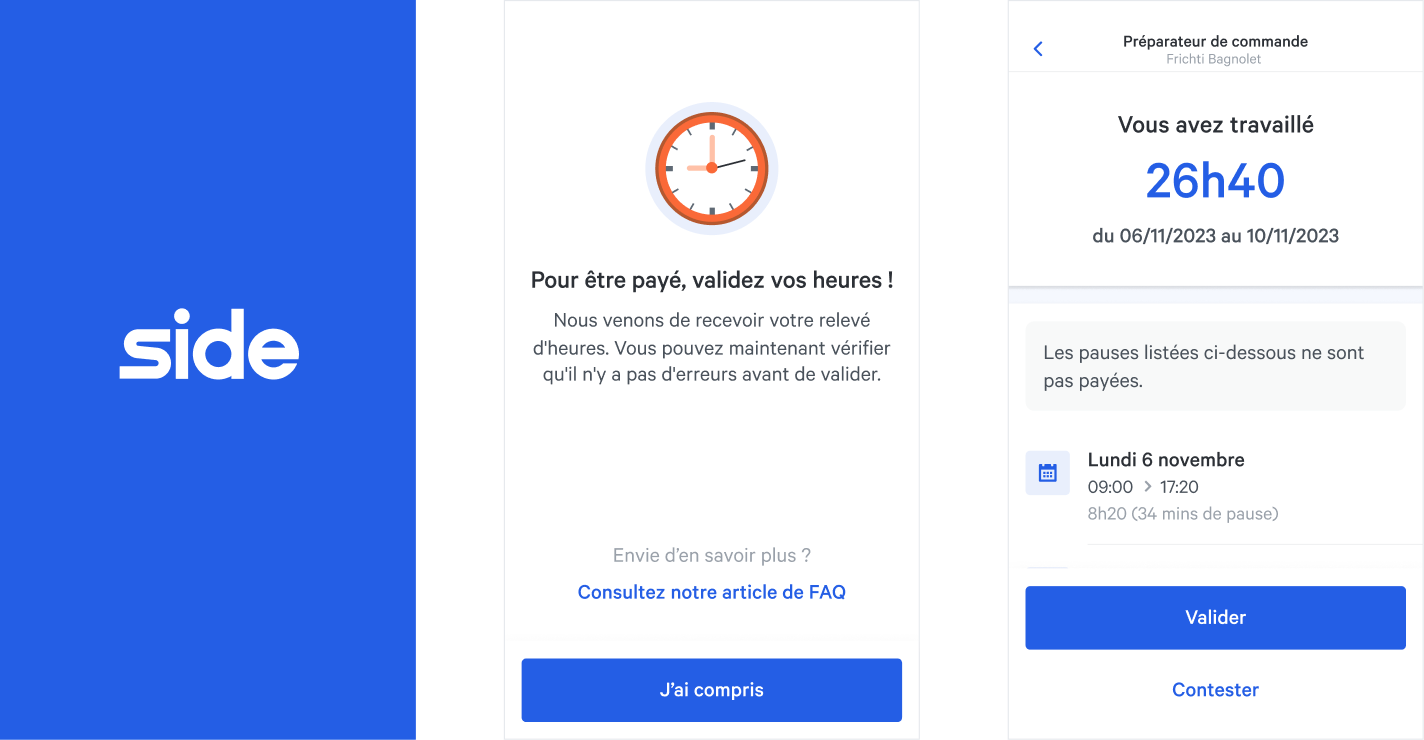
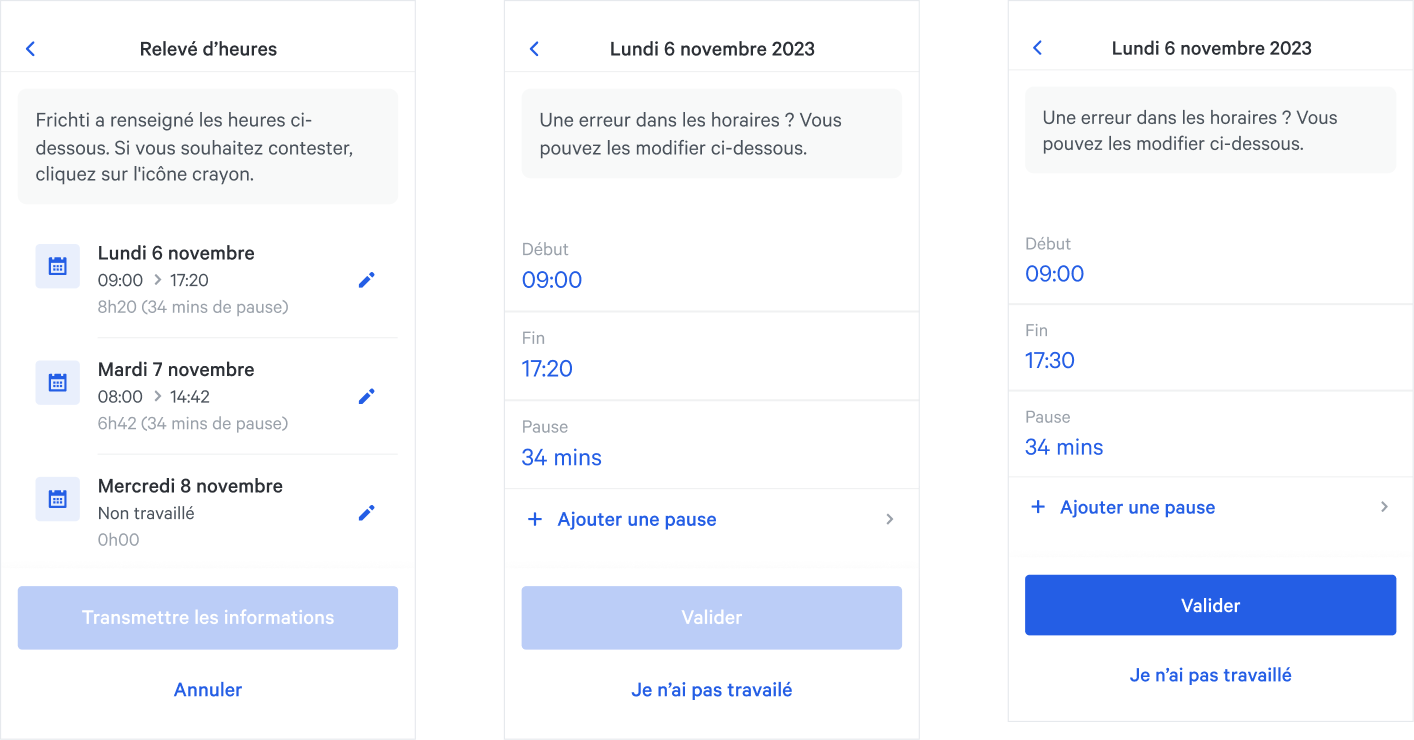
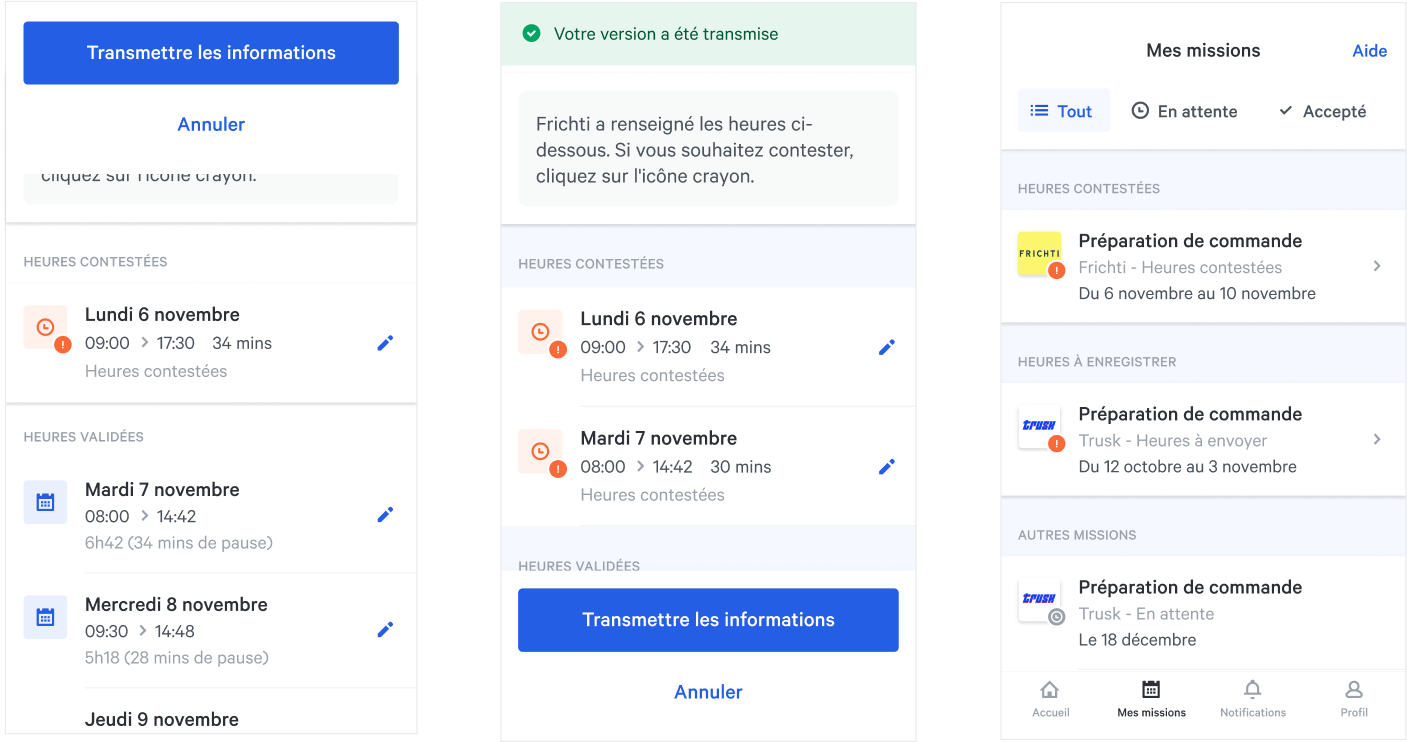
Users’ testing restitutions
I ran user testing sessions with 7 participants to evaluate two different versions of the contestation flow. Each participant was asked to compare the options and explain which one felt clearer and easier to use. Their feedback helped us identify the solution that best met user expectations. We then iterated on that version, refining the flow to address pain points and improve overall clarity based on their insights.
✅ Positive points :
- It’s very simple and intuitive
- Errors detection
- Time saving
- Speed
💡 Remarks :
- The second flow of contestation is too complicated
- It’s weird to make users land on the shifts screen, why not to add a Timesheet screen instead ?
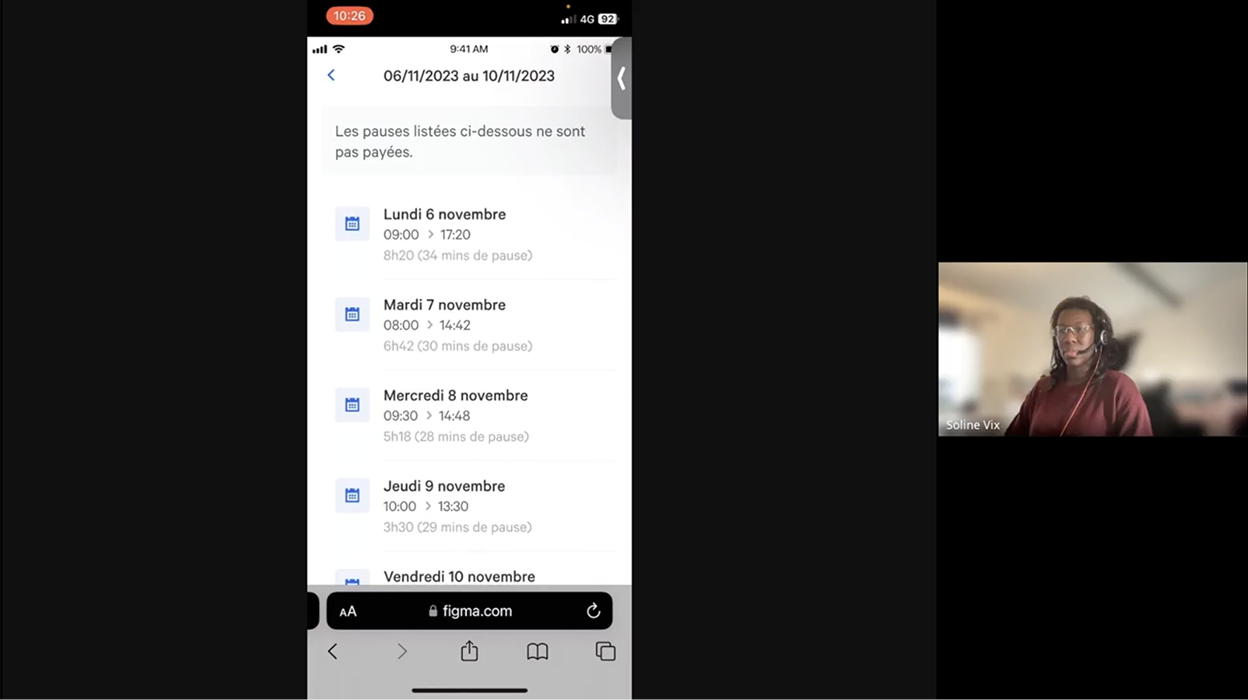
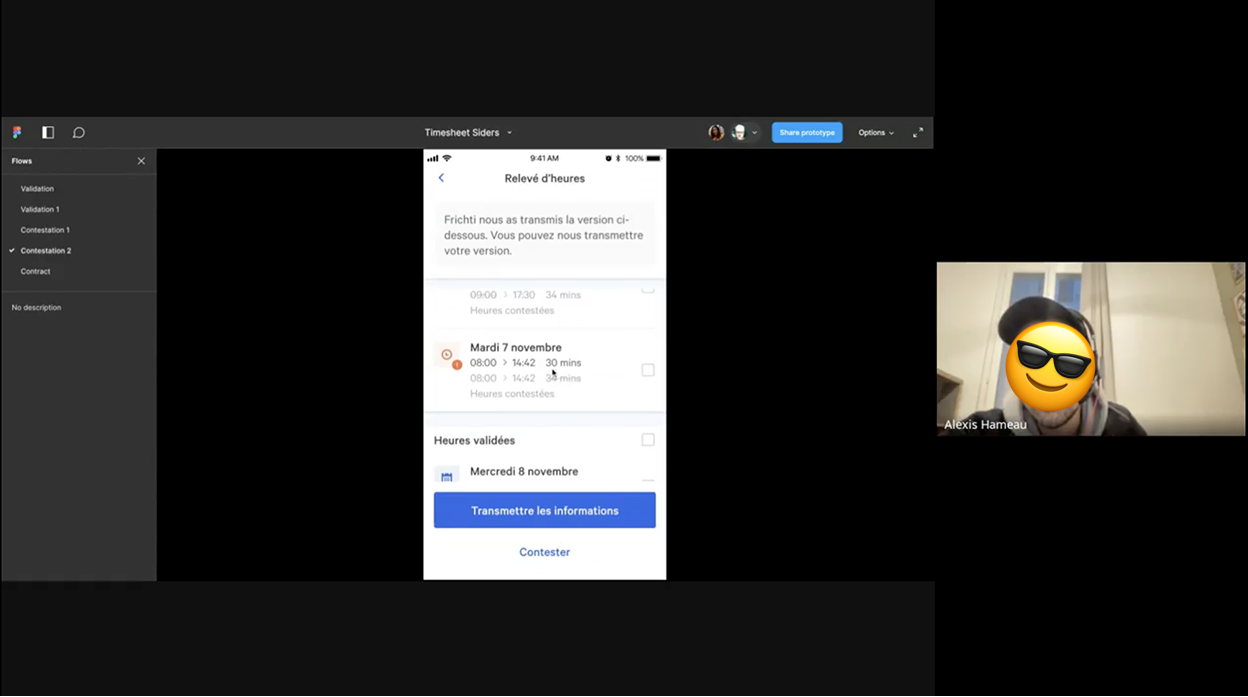

Outcomes
"The percentage of disputes decreased from 86% to less than 7%"

Next step :
In order to enhance further this feature, we still need to :
- Reduce manual tasks for internal team members by providing our client their VMS’s timesheet or timeclock handling